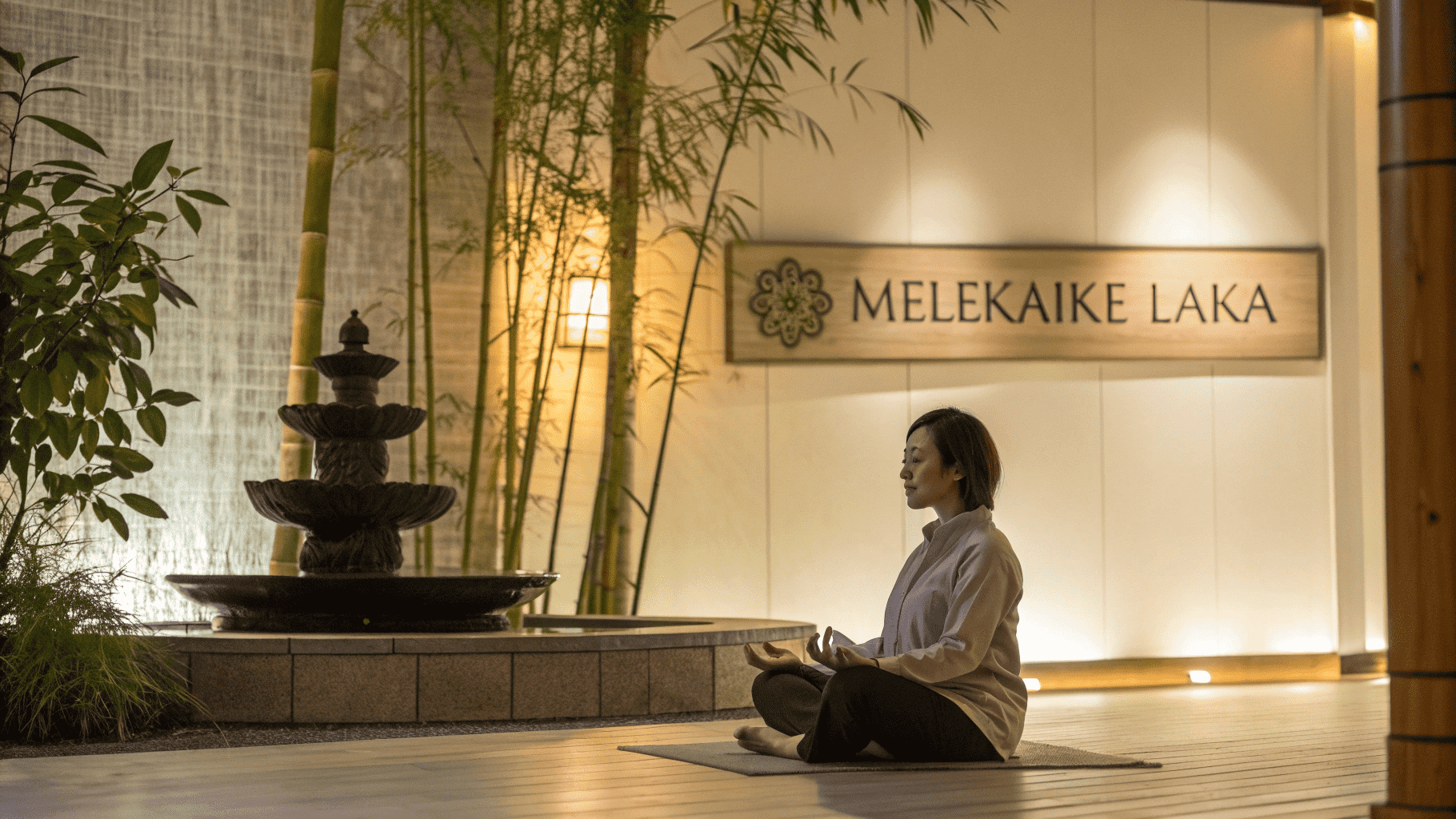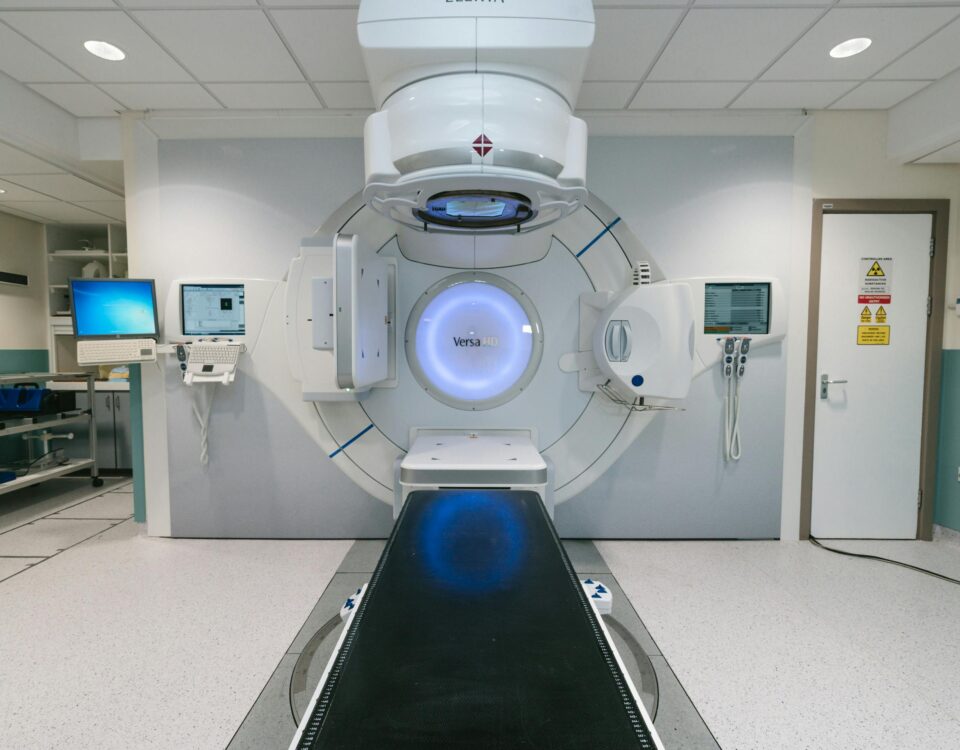
Sunwager – The Ultimate Guide to Online Sports Betting and Casino Gaming!
July 7, 2025
Sauflix – Streaming Platform Overview, Risks & Alternatives
July 11, 2025Melekaike Laka is a phrase gaining attention in wellness, spiritual, and creative circles for its soothing and symbolic presence. Though not rooted in any official historical record, it resonates with those seeking calm, emotional healing, and deeper meaning. Its melodic and sacred tone makes it suitable for meditation, mindfulness, and holistic practices. People connect with it intuitively—drawn by its sense of peace and timelessness. Whether used in rituals, printed on lifestyle products, or spoken during reflection, melekaike laka has evolved into a personal mantra that supports growth, balance, and intentional living.
The Linguistic Roots of the Phrase
The phrase melekaike laka is not officially recognized in Polynesian or Hawaiian linguistic archives, but it clearly draws inspiration from their structure and vocabulary. For example, “mele” in Hawaiian refers to a chant, poem, or traditional song. It’s often used in sacred contexts to connect the chanter with spiritual energy or natural forces. “Laka” is the name of a well-known Hawaiian goddess associated with hula, forest growth, and inspiration.
The middle part, “kaike,” is not as commonly found in dictionaries, but when broken down phonetically, it might suggest themes of movement, balance, or union. Together, these elements form a phrase that sounds authentic to Pacific Island oral traditions, even if it’s a modern creation. Its rhythm and spiritual tone mirror real ceremonial chants, making it a natural fit for spiritual practices.
Cultural Symbolism and Sacred Meaning
Cultural symbolism plays a vital role in how people perceive melekaike laka. The phrase carries a sense of sacredness, not just because of its components, but also due to its flow and sound. In many Polynesian cultures, words are more than communication—they are spiritual tools used to pass down wisdom.
Melekaike laka fits perfectly into this context, even if it’s a modern interpretation. Its melodic tone and cadence feel like something that could have been recited during rituals. Even if people aren’t fully aware of its background, they often use it with a reverent tone. It has become a symbol of peace, healing, and inner harmony.
Use in Meditation and Mindfulness
In modern wellness spaces, melekaike laka has emerged as a calming and effective mantra used in meditation and mindfulness practices. Its naturally soft and rhythmic tone makes it an ideal phrase to repeat during breathwork, visualization, or silent reflection. Much like ancient chants such as “Om” or “Shanti,” it helps bring attention to the present moment by anchoring the mind in something serene and meaningful. People often find it useful in slowing racing thoughts, reducing anxiety, and promoting a grounded state of awareness. The repetitive use of the phrase helps override internal distractions and cultivates mental clarity.
In yoga and breath-focused practices, melekaike laka harmonizes beautifully with physical movement. It aligns the practitioner’s breath with intention, making each pose feel deeper and more purposeful. Instructors may introduce it in guided sessions to support energy alignment and focus. Whether spoken aloud or silently repeated, it encourages emotional balance, stillness, and connection—enhancing spiritual practices through both sound and presence.
Role in Personal Wellness and Healing
Beyond traditional mindfulness routines, melekaike laka is widely embraced as a symbol of emotional healing and personal transformation. Many individuals use it during moments of grief, emotional conflict, or uncertainty, turning to its soothing energy as a gentle guide toward inner peace. The phrase often appears in journaling prompts, affirmations, or spoken as part of daily healing rituals. It serves as a soft anchor that brings comfort, clarity, and strength, particularly when navigating periods of personal change or recovery. For those undergoing therapy or emotional recalibration, the phrase becomes a spiritual tool that supports growth.
Practitioners of alternative healing methods like sound therapy, energy work, or reiki frequently integrate melekaike laka into their sessions. It’s believed to amplify intention and restore emotional flow. Even if its exact definition remains undefined, the phrase resonates on a vibrational level, offering users a sense of wholeness and safety. It becomes more than just a sound—it is a companion for those seeking healing from within.
Influence in Creative and Artistic Circles
Melekaike laka has become a captivating theme in creative communities, particularly among artists seeking spiritual or emotional depth in their work. Its mysterious and melodic nature lends itself to multiple interpretations, allowing it to be woven into visual art, tattoos, calligraphy, and digital designs. Artists often use the phrase as a central motif to express concepts like serenity, balance, or sacred space. Its lack of strict definition gives it an open canvas quality—viewers and creators can attach personal meaning without being confined by cultural rigidity or expectation.
In music, spoken word, and multimedia installations, melekaike laka acts as a spiritual element that enhances emotional engagement. Musicians incorporate it into ambient compositions or meditative chants, while writers and poets use it to evoke themes of personal evolution. Its resonance with themes like inner peace, self-exploration, and creative freedom makes it especially compelling. The artistic community appreciates its flexibility, and the phrase continues to inspire works rooted in transformation and soul connection.
Branding and Lifestyle Applications
The sacred and tranquil feel of melekaike laka has made it highly appealing in branding, particularly among small businesses focused on mindfulness, wellness, and sustainable living. From aromatherapy oils and scented candles to herbal teas and yoga wear, the phrase is often used to communicate a brand’s emotional and spiritual values. It offers a name that feels authentic, soulful, and intentionally crafted—qualities that resonate with today’s conscious consumers. When used thoughtfully, it elevates product narratives by suggesting calm, healing, and ritualistic care.
Lifestyle brands that incorporate melekaike laka into their product packaging or marketing campaigns aim to evoke a sense of personal alignment and deeper purpose. On platforms like Etsy or Instagram, the phrase often appears in product descriptions designed to connect emotionally with buyers. Rather than being just a trend, it functions as a mood or experience—turning an everyday item into a sacred object. This blend of language, aesthetic, and symbolism creates powerful, intention-based branding.
Rise in Culinary Naming Trends
In recent years, melekaike laka has also found its way into the culinary world, particularly in wellness-inspired cafés, pop-up food experiences, and plant-based fusion menus. Chefs and food creators have begun using the phrase to name dishes that reflect freshness, harmony, and spiritual nourishment. These meals, often featuring ingredients like grilled tofu, coconut rice, marinated vegetables, and herbal infusions, evoke a sense of sacred consumption. Diners are drawn not only to the food but to the calm and mindfulness the name suggests.
The use of melekaike laka in culinary spaces mirrors broader trends in conscious eating, where storytelling and intention are as important as flavor. Naming a dish with emotional and symbolic weight enhances the overall experience and creates space for reflection even during meals. It’s not uncommon to see such dishes paired with mindful eating rituals or ceremonial plating styles. As food culture increasingly embraces wellness and artistry, spiritual phrases like melekaike laka add emotional value to the dining experience.
Is Melekaike Laka Authentic or Invented?
One of the most frequently asked questions about melekaike laka is whether it is an ancient phrase or a modern invention. Linguistically, the term doesn’t exist in traditional Polynesian texts. However, key components such as “mele” (song or chant) and “laka” (a Hawaiian goddess of hula and creativity) are indeed authentic and culturally meaningful. This suggests that while the phrase itself is modern, it is built from elements that carry real spiritual and linguistic weight. It stands at the intersection of inspiration and respectful cultural borrowing.
Rather than focusing solely on historical origins, many view melekaike laka as an emotionally driven symbol. Its value lies in how it makes people feel—centered, reflective, and connected to something greater. This type of modern spirituality isn’t about strict accuracy but about emotional resonance. Much like phrases such as “Namaste” or “Shanti,” melekaike laka gains power through intention and repetition. Its widespread use indicates that emotional truth often holds greater significance than historical literalism.
Respectful Use and Cultural Awareness
With its increasing popularity, the use of melekaike laka brings important conversations about cultural respect and awareness to the forefront. While the phrase may not be traditionally native to any single culture, it draws inspiration from sacred linguistic traditions, particularly Hawaiian and Polynesian. This connection requires thoughtful engagement, especially when the phrase is used commercially or artistically. Without proper understanding or context, its use can risk becoming cultural appropriation—a misuse of spiritual heritage for aesthetic value.
However, when used with sincerity, knowledge, and reverence, melekaike laka can serve as a bridge to deeper cultural appreciation. Artists, business owners, and individuals are encouraged to research its roots, learn about the cultural elements it references, and consider its spiritual weight. By doing so, they ensure their use of the phrase honors its inspiration rather than diminishing it. Cultural sensitivity isn’t about avoiding creative expression—it’s about aligning it with respect, humility, and a desire to connect authentically.
Frequently Asked Questions (FAQs)
What does “melekaike laka” mean?
While not a literal translation, it symbolizes peace, spiritual balance, and sacred journey.
Is it a real Polynesian phrase?
No, it is a modern phrase inspired by Polynesian elements like “mele” and “Laka”.
How is it used today?
In meditation, as a mantra, in spiritual branding, and even in fusion cuisine.
Can I use it in daily life?
Yes, many use it for journaling, meditation, affirmations, or as part of personal rituals.
Is it disrespectful to use?
It depends on the intention. Using it with respect and awareness of its roots is key.
Conclusion
In an age where people seek deeper meaning, connection, and peace, melekaike laka has emerged as a bridge between ancient spirituality and modern living. Whether or not it’s an officially documented phrase, its power lies in how it feels—calm, grounding, sacred. From chants to cuisine, art to affirmation, this phrase is more than a trend; it’s a gentle reminder that language, when used with intention, can carry profound energy.
Related Post





